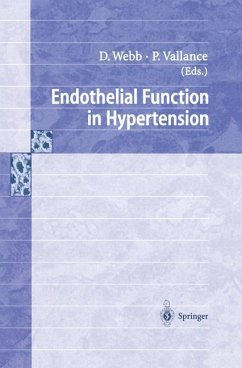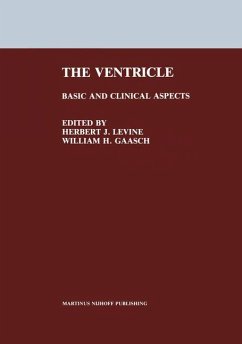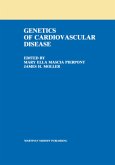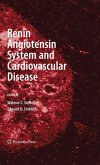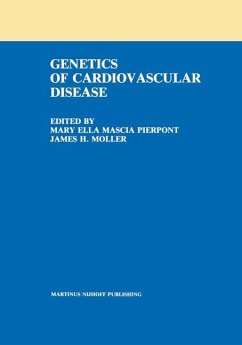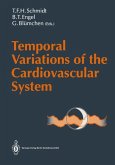In 1980, Furchgott and Zawadzki demonstrated that the ability of a blood vessel to relax to acetylcholine is entirely dependent upon the presence of an intact endothelium b1. This startlingly simple and elegant observation heralded a decade of basic research into endothelium-derived vasoactive factors (EDRF). Initially, interest focused on Furchgott's endothelium-derived relaxing factor, which was later identified as the extremely simple molecule, nitric oxide [21. However, bioassay systems suggested the presence of other dilator and constrictor factors. Many of these additional putative factors remain elusive but one constrictor factor was revealed to the world in an impres sively complete piece of science published in 1988. Yanagisawa, Masaki and colleagues [31 demonstrated the synthesis of a twenty one amino acid peptide which accounted for the constrictor activity found in the supernatant of endothelial cells. They identi fied its structure, synthesised the peptide, showed its biological activity in vitro and in vivo, proposed mechanisms of action and cloned and sequenced the gene. They named the factor endothelin. The identification of nitric oxide and endothelin has also rekindled interest in established endothelium-derived mediators, including the prostanoids and other arachidonic acid metabolites, and has led to exploration of the possible roles of oxygen radicals such as superoxide. The vascular endothelium has become a major focus for research into disease states or cardiovascular risk factors associated with abnormal vascular tone or reactivity, alterations in cellular adhesion to the vessel wall, increased smooth muscle cell growth and the chronic process of atherogenesis.

